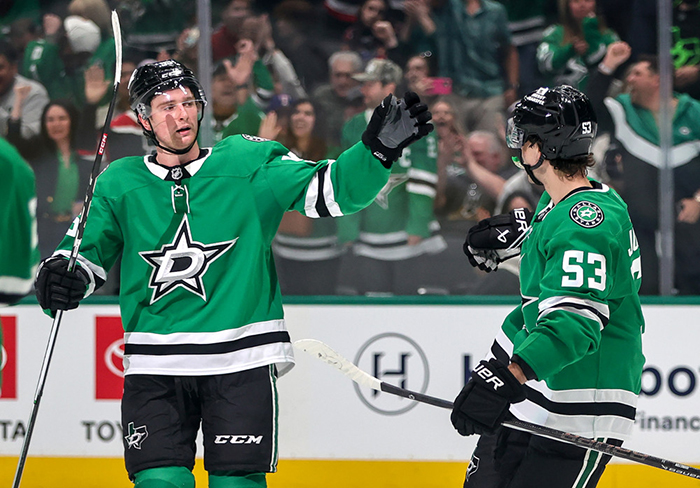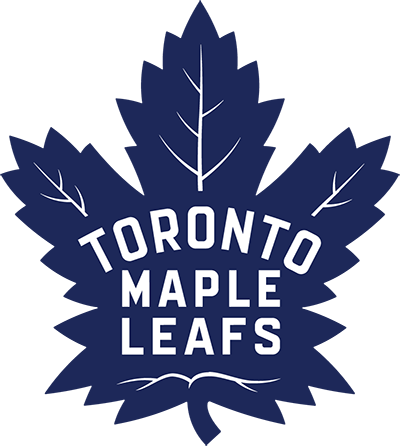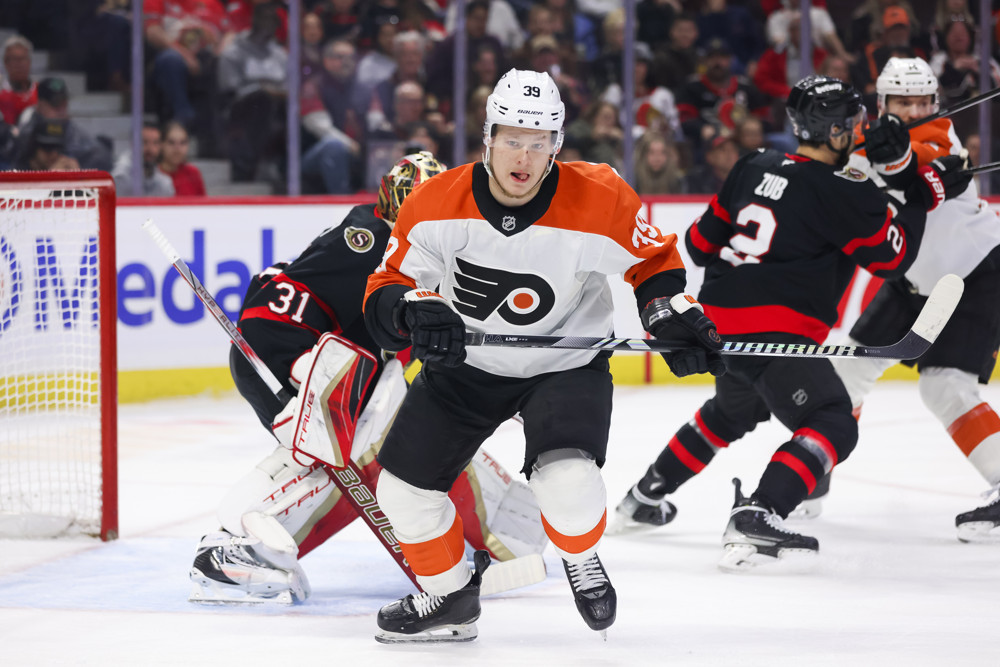The NHL draft is in the rear-view mirror for teams, and the Pittsburgh Penguins came away with 13 selections over the course of seven rounds. For the majority of the Penguins’ picks, they had somewhat of a theme: size.
I talked about how I didn’t think the Penguins made good use of two of their three first-round picks the other day. For day 2 of the draft I am going to give some more generalized thoughts. They made ten selections, and I would never pretend to have seen any of them actually play. Day 2 picks are lottery picks in the truest sense. They all, for the most part, have a low probability of becoming significant NHL players. Having 13 total selections is one way to try and beat the odds because you might hit on some of them just by chance. So, in that regard, Kyle Dubas has done a nice job of building up the prospect pool for more lottery tickets. That said, even though many of these selections are long shots, I still think there are ways you can increase your chances of being successful. I think the Penguins went against the grain of how I personally would have gone about it.
Penguins Went With Size
For example, Dubas traded Conor Timmins and Isaac Belliveau to the Buffalo Sabres for the 39th overall pick. This was a great trade. Excellent value to trade back into the second round for what amounts to a useful depth player and a player bouncing between the AHL and ECHL. What they used the pick on has some red flags for me. They selected Peyton Kettles, who in 114 games in the WHL has 27 points. He is 6’5” and used to be Owen Pickering’s defensive partner in Portland. For me, Dubas gets full marks for trading back into round 2, but the selection isn’t the profile I’m seeking at all. Especially when you earn an extra chance in round 2 after making a good trade.
Where is the ceiling for this player? There has to be more offense in a lower league if a player is going to be a real difference maker in the best league. This is a philosophy issue for me. I have to see at least some offensive production at lower leagues. This philosophy isn’t undefeated; none are in the drafting business. I do, however, think it minimizes the risk of acquiring low-ceiling players who bounce between the AHL and NHL. There is no shortage of these players to be had in the league. Very easily acquired at any time during the calendar year.
Coming off the backs of the two latter selections in round one, the Kettles pick didn’t quell my prior concerns. I think there’s a little bit of trying to copycat the Florida Panthers in the “tough to play against” mantra. The Penguins went on a size kick at the 2025 draft. After taking Benjamin Kindel, the heights went: 6-2, 6-5, 6-5, 6-2, 6-4, 6-3, 6-2, 6-2, 6-0, 6-1, 5-11
How Florida Did It
Drafting size isn’t inherently bad. When paired with skill, I would argue it is quite ideal. Size for sizes sake is where things get murky. The thing that gets lost in the Florida Panthers conversation is that their tough-to-play-against players all have a high pedigree.
Aaron Ekblad is a former #1 overall pick, Sasha Barkov is a former #2 overall pick, Sam Reinhart is a former #2 overall pick, Sam Bennett is a former #4 overall pick, Seth Jones is a former #4 overall pick, Matthew Tkachuk is a former #6 overall pick, Anton Lundell is a former #12 overall pick, Dmitry Kulikov is a former 14th overall pick, Matthew Samoskevich is a former #24 overall pick.
Florida was creative in acquiring this grouping. Really, only Ekblad, Lundell, and Samonkevich were Panthers the entire way through (Kulikov, an original Panther who moved around and came back). The Panthers have cleverly traded and taken some big swings to acquire their meaningful talent. So for the teams who saw Florida play and have the takeaway that big players play hard. There’s a lot more that went into it. They had to put in the effort to amass the kinds of players they did. Bill Zito deserves a ton of credit for the kinds of trades he consistently made.
This is why I’m weary of teams who try to play copycat with the current champ. It’s not as simple as targeting an archetype of a player. More importantly, it is about acquiring quality talent who are able to make an impact on a game-to-game basis. It is why, despite people saying the Penguins reached on Benjamin Kindel, I am 100% on board with the selection. I feel as though with that type of selection, you are aiming to get somebody who can impact a game in a meaningful way that the others might not be able to. On the flip side, it is why I am cold on some of the other defensive selections they made this draft.
Kyle Dubas and Wes Clark have a vision on how the Penguins will attack this rebuild. This past weekend is going to play a huge role in how things go. I hope my concerns are rendered moot and these players all find their way to meaningful NHL minutes.
Thanks for reading!




This is why some of us wanted them to fall off a cliff. They’d be in much better shape had the team “bit the bullet” and just tanked. I don’t expect the players or coach to do it, but the GM could have made it happen. If they had traded RAK, they would have been been bottom 5. I feel bad for Sid, Geno and Letang, but winning down the stretch bought them lesser prospects and a longer stay in the purgatory.
By the way… Welcome back RW!